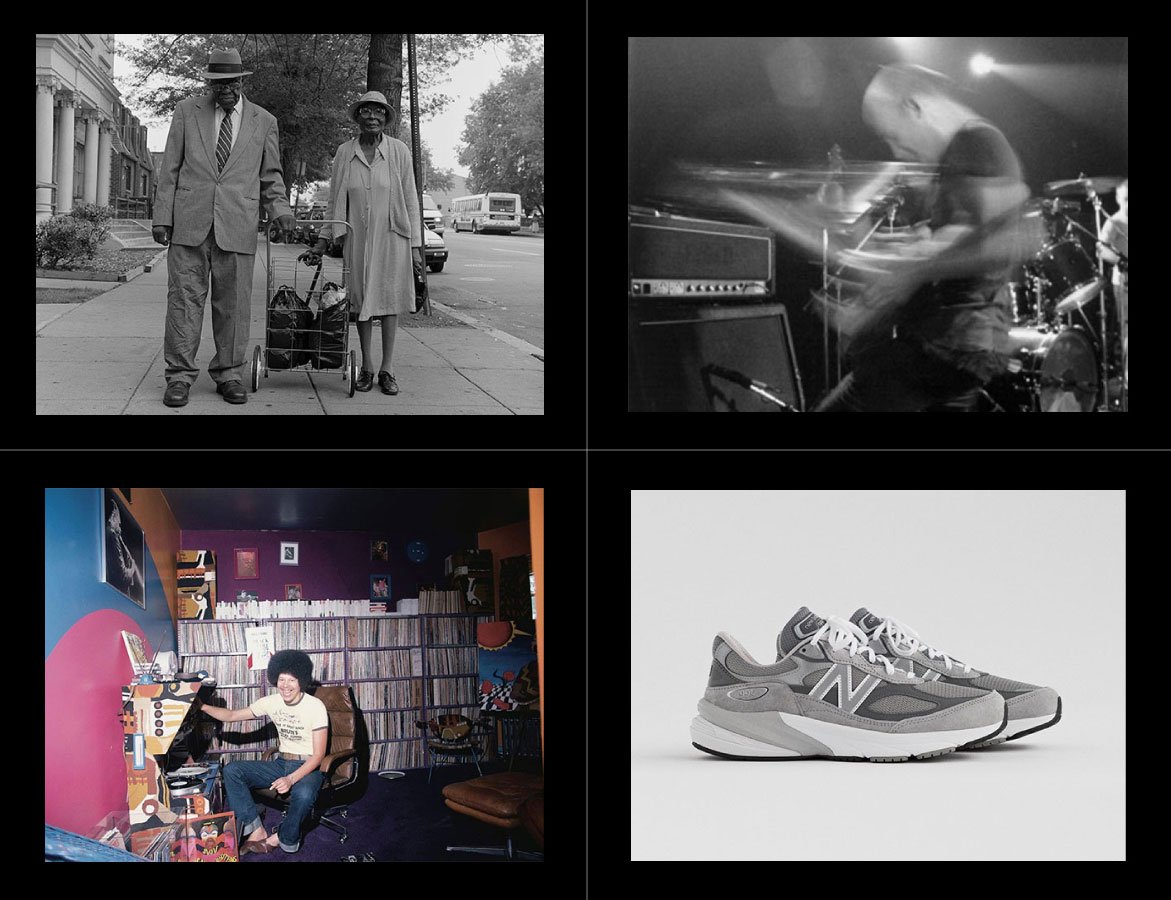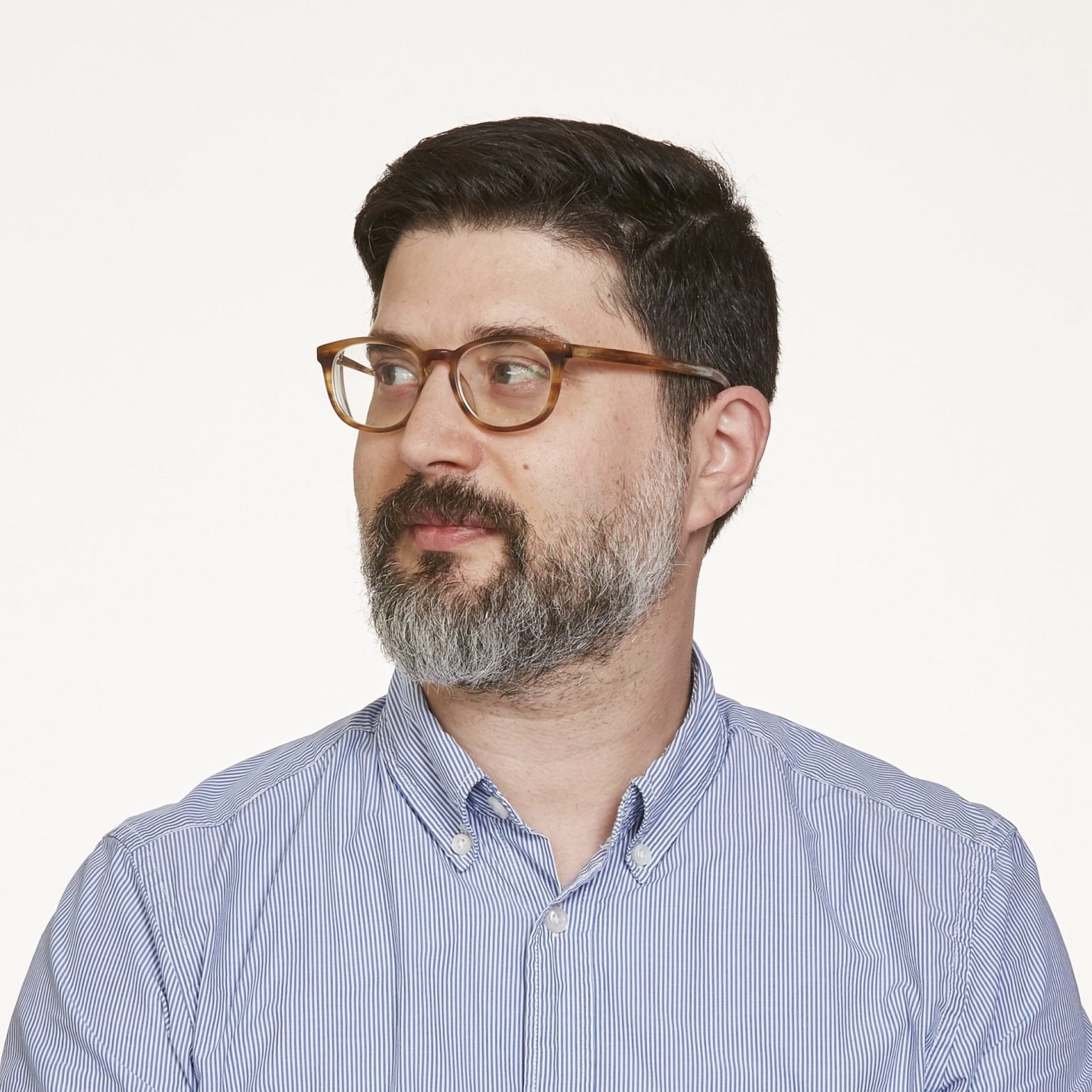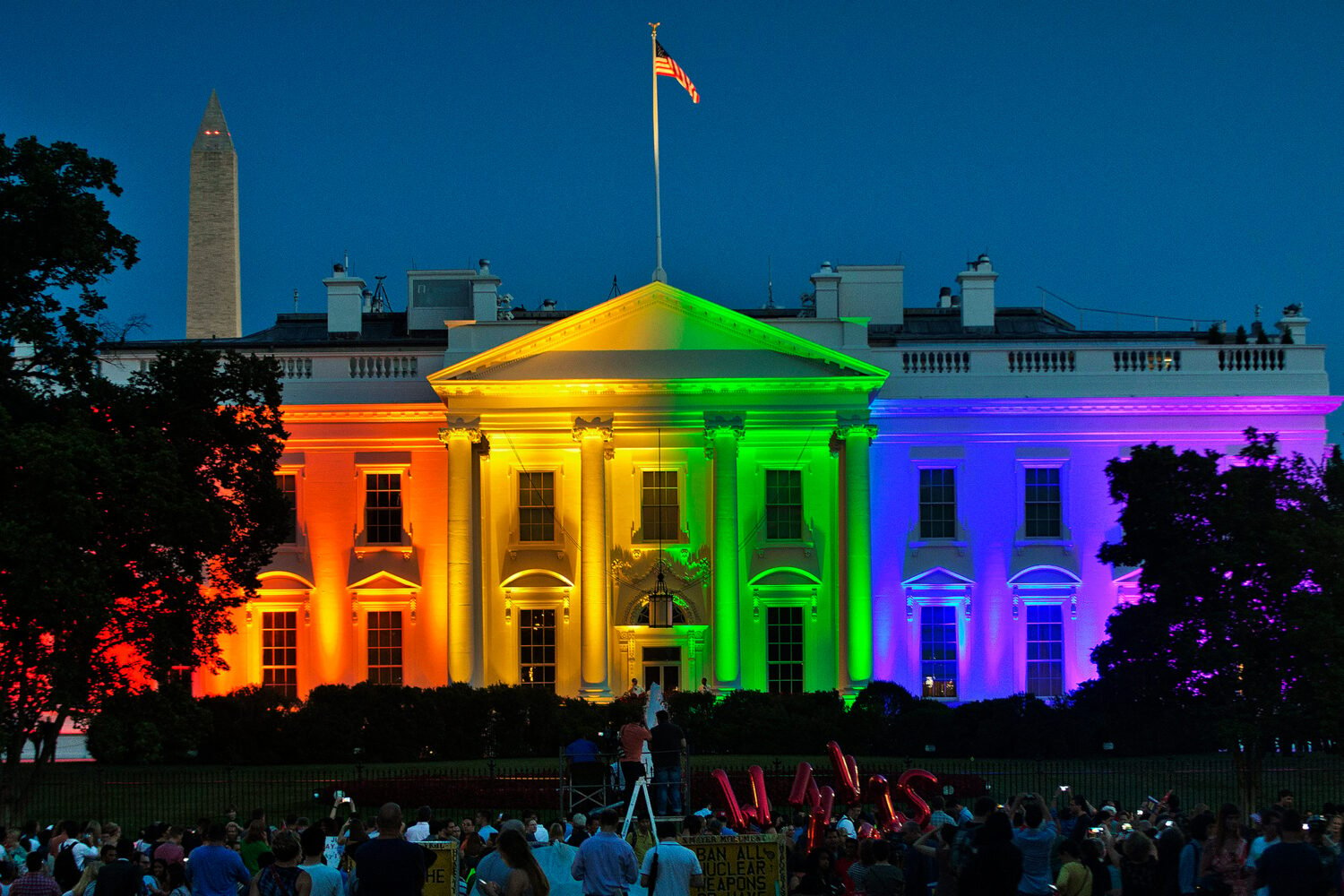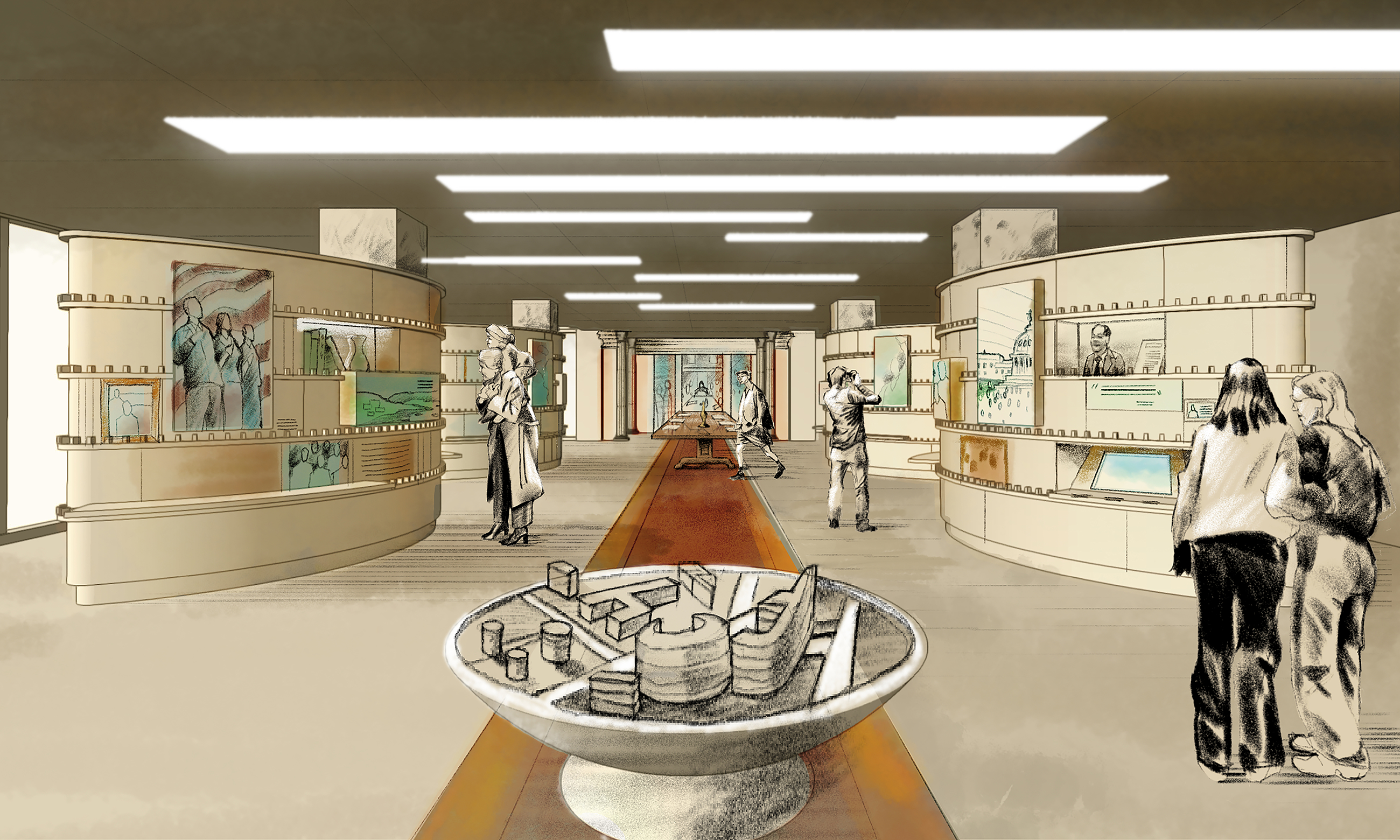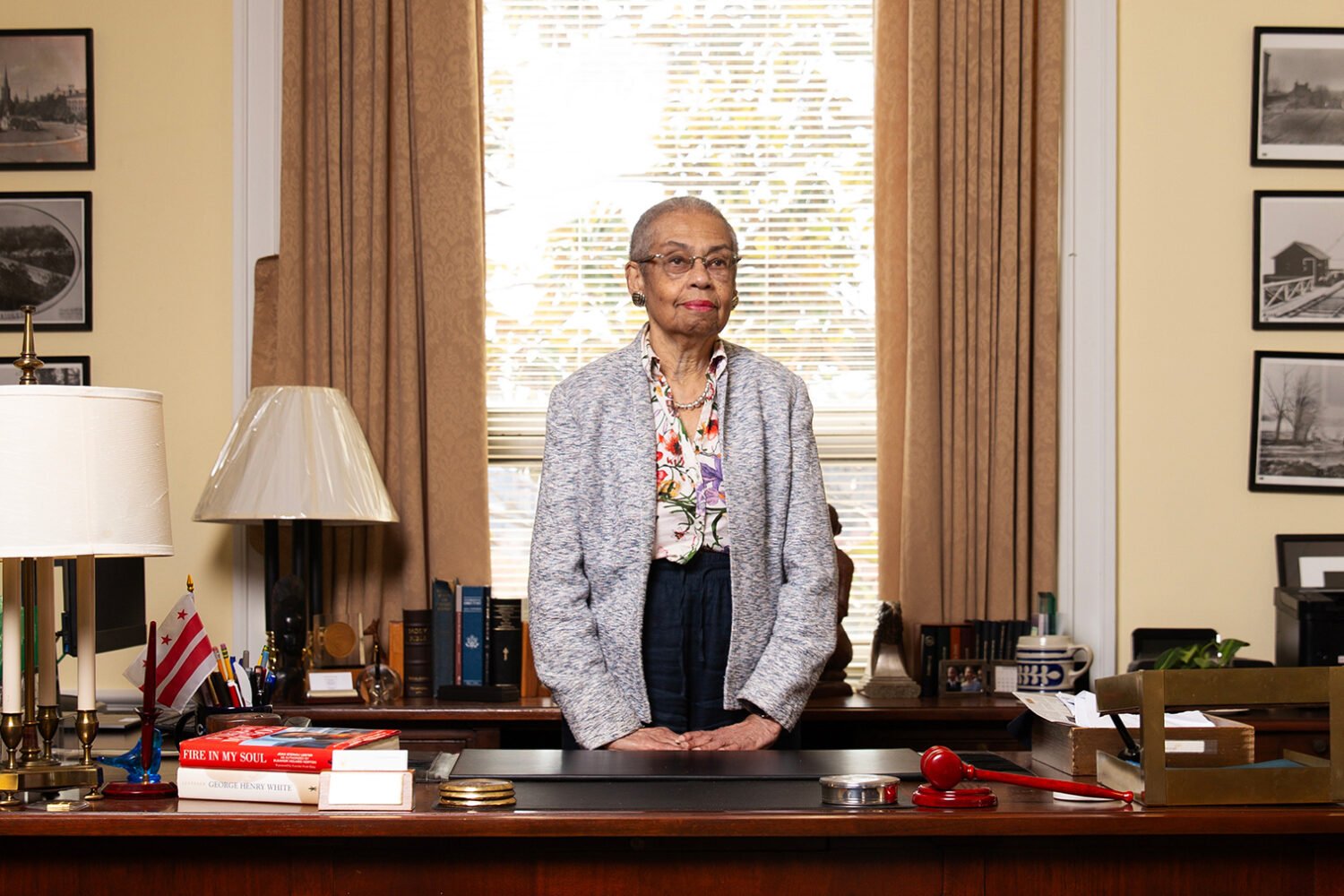Fascinating Photos
“A Chocolate Lens” captures a Washington photographer whose work really resonates
Local director Gabe Veras’s new documentary, A Chocolate Lens, tells the story of DC photographer Steven Cummings, who creates striking images of Black communities in the District and around the country. With the film now making the rounds on the festival circuit, we asked Cummings to walk us through some of his work.
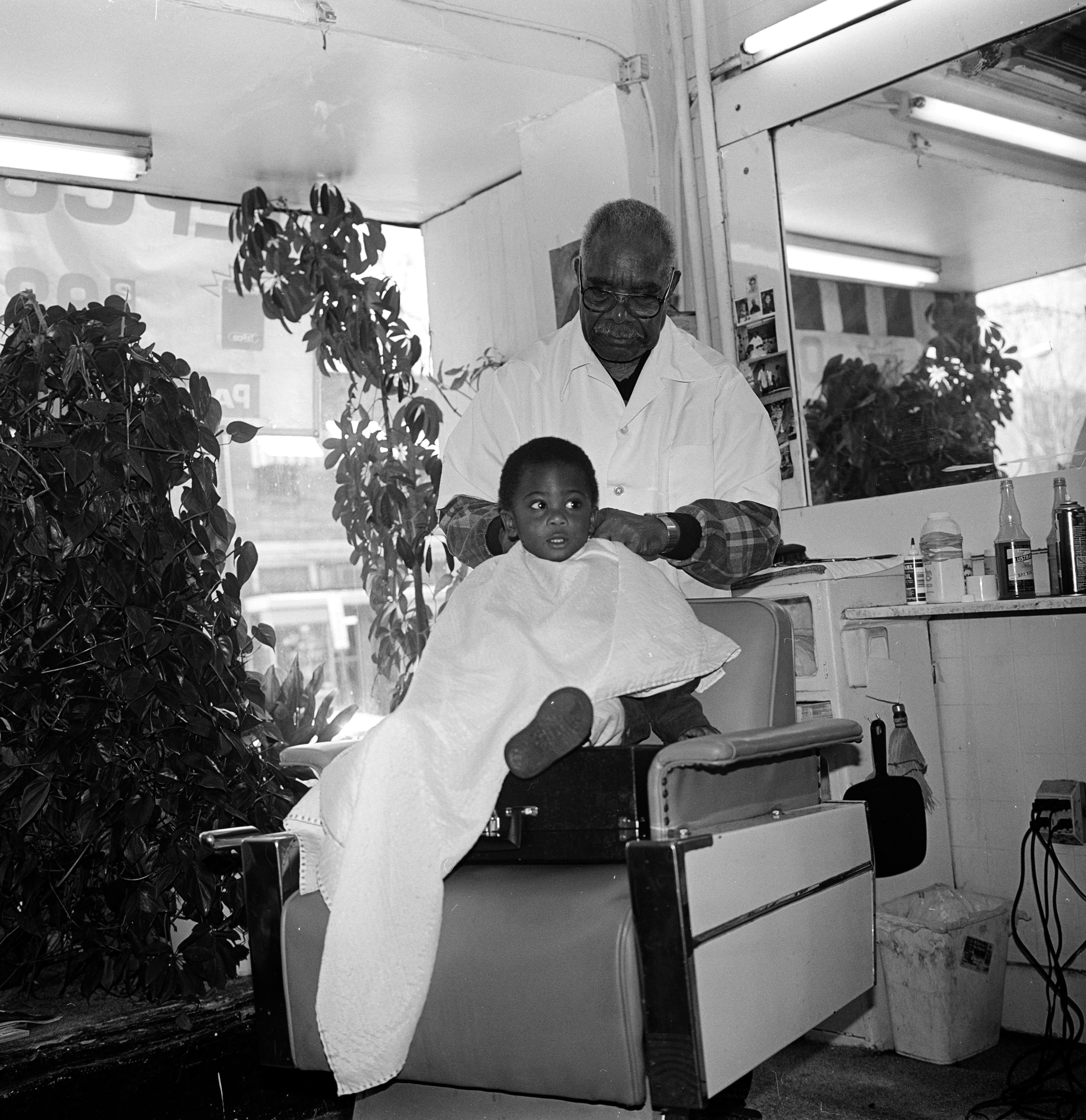
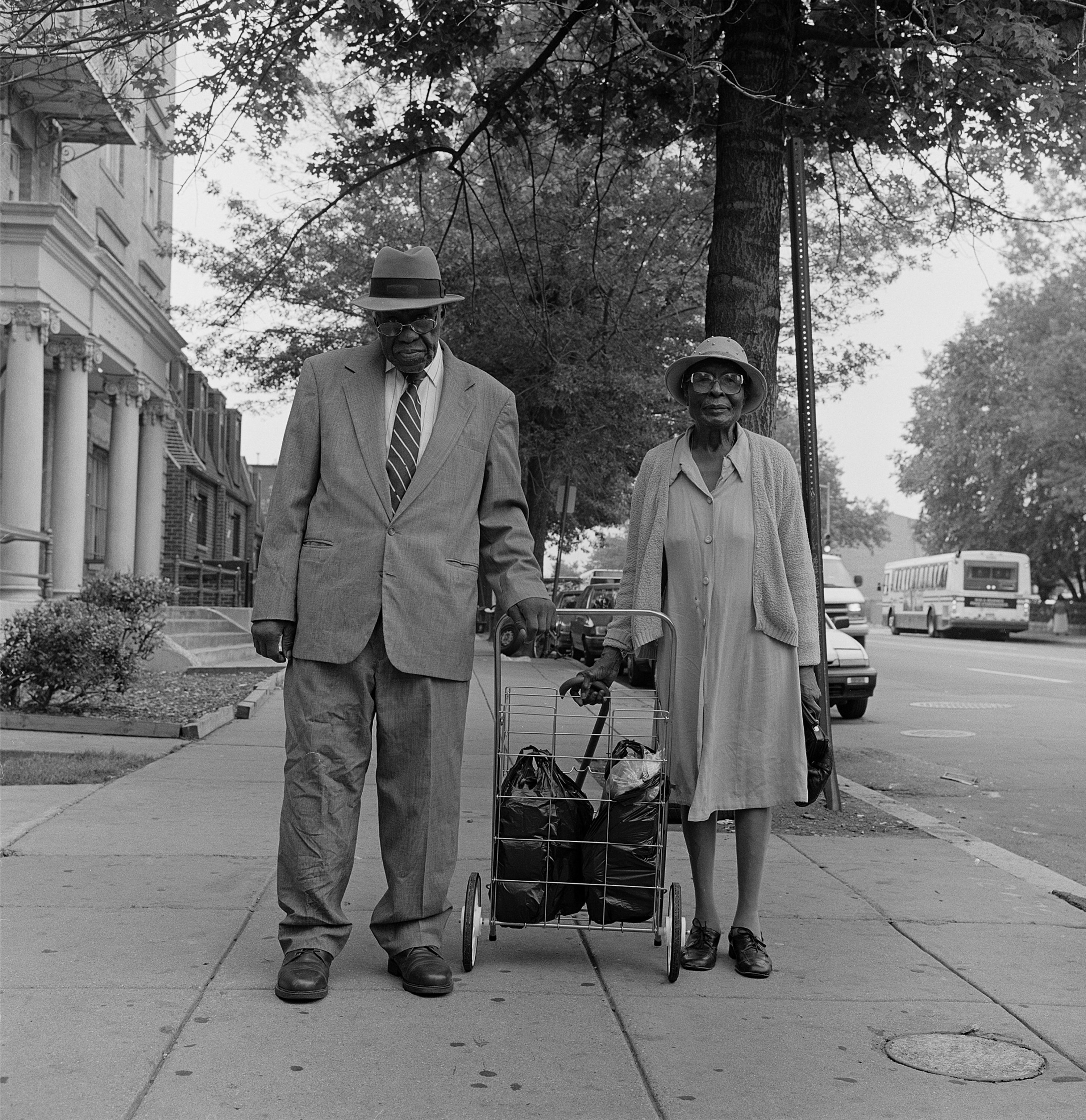
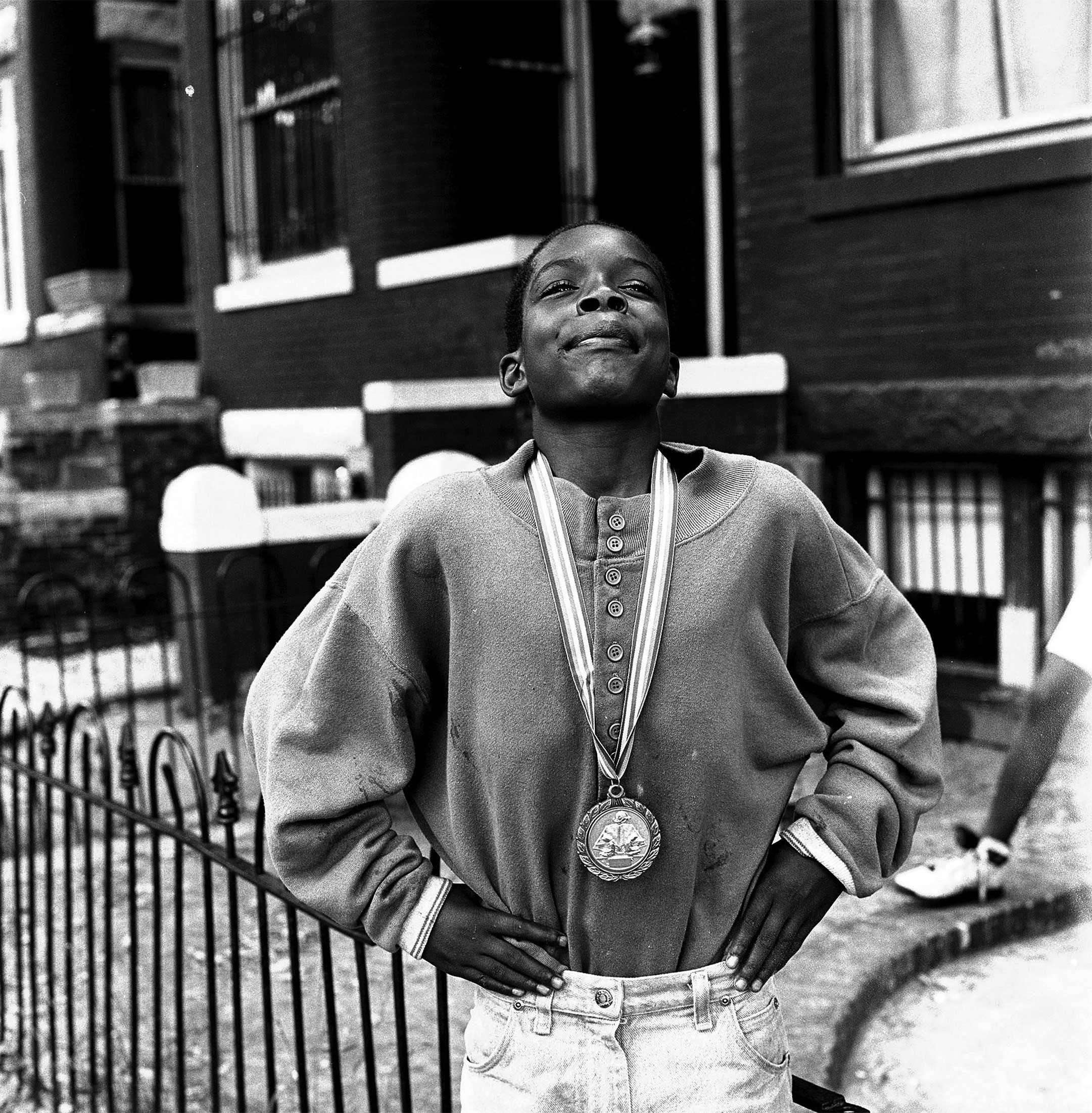
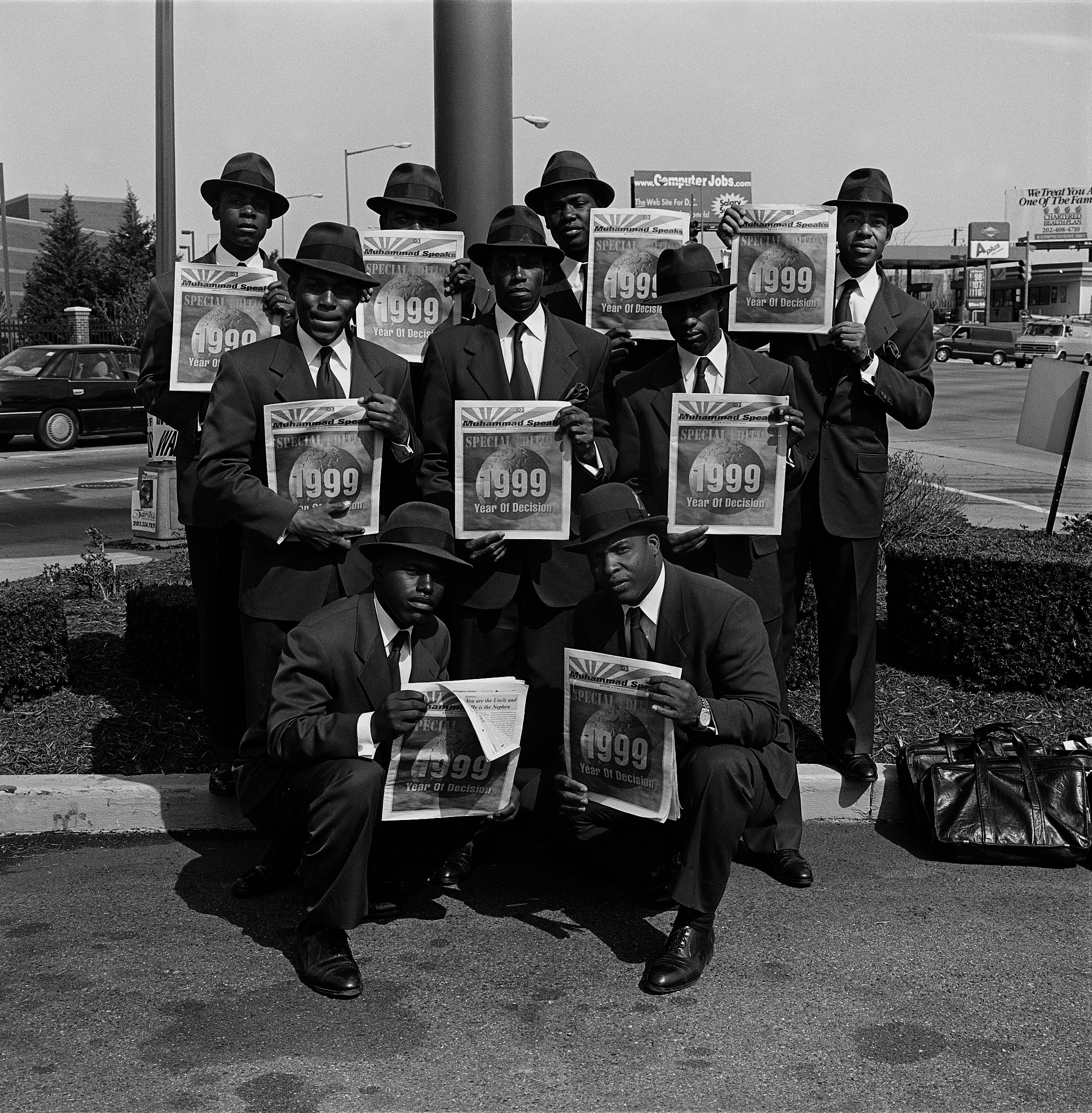
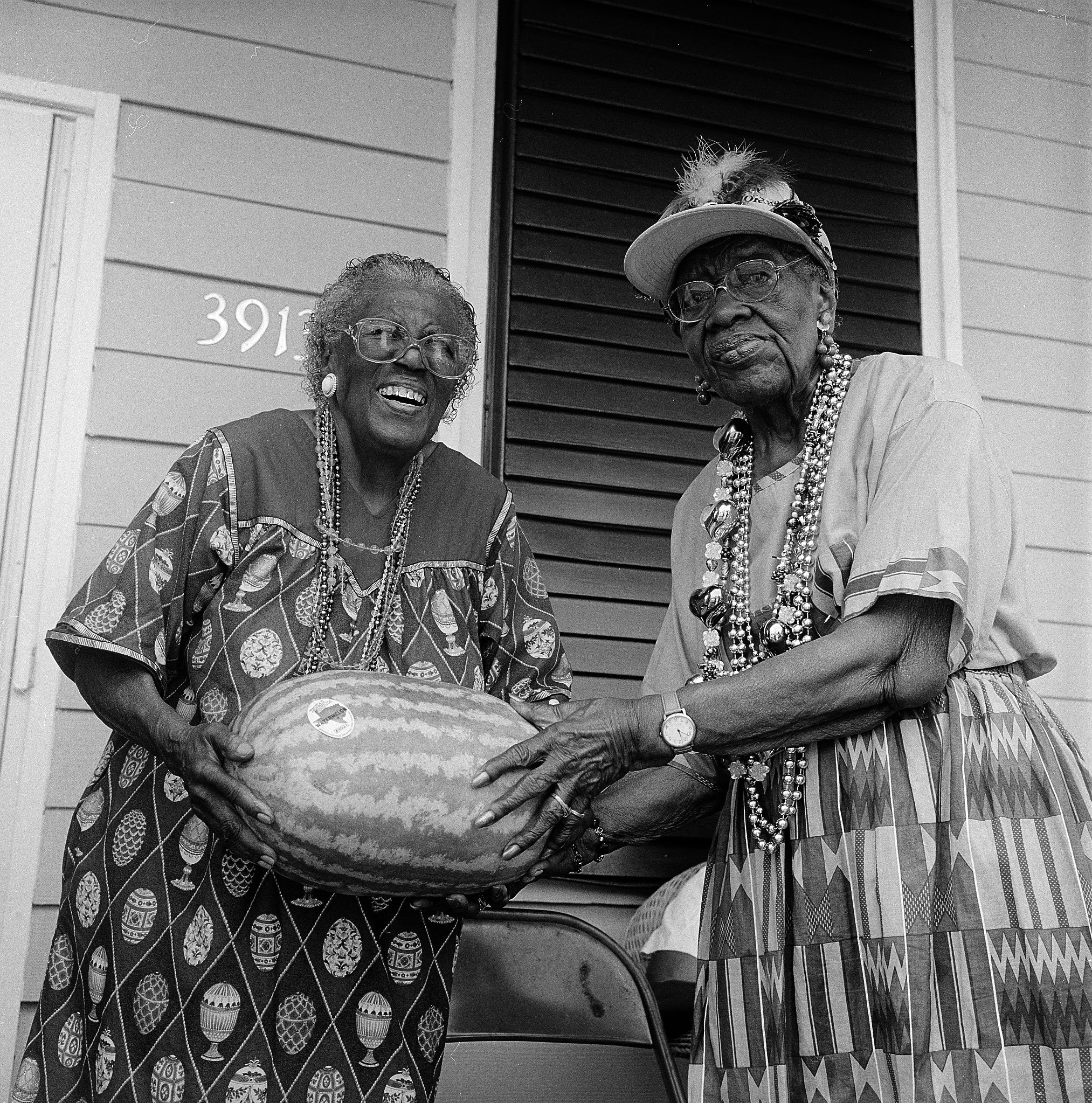
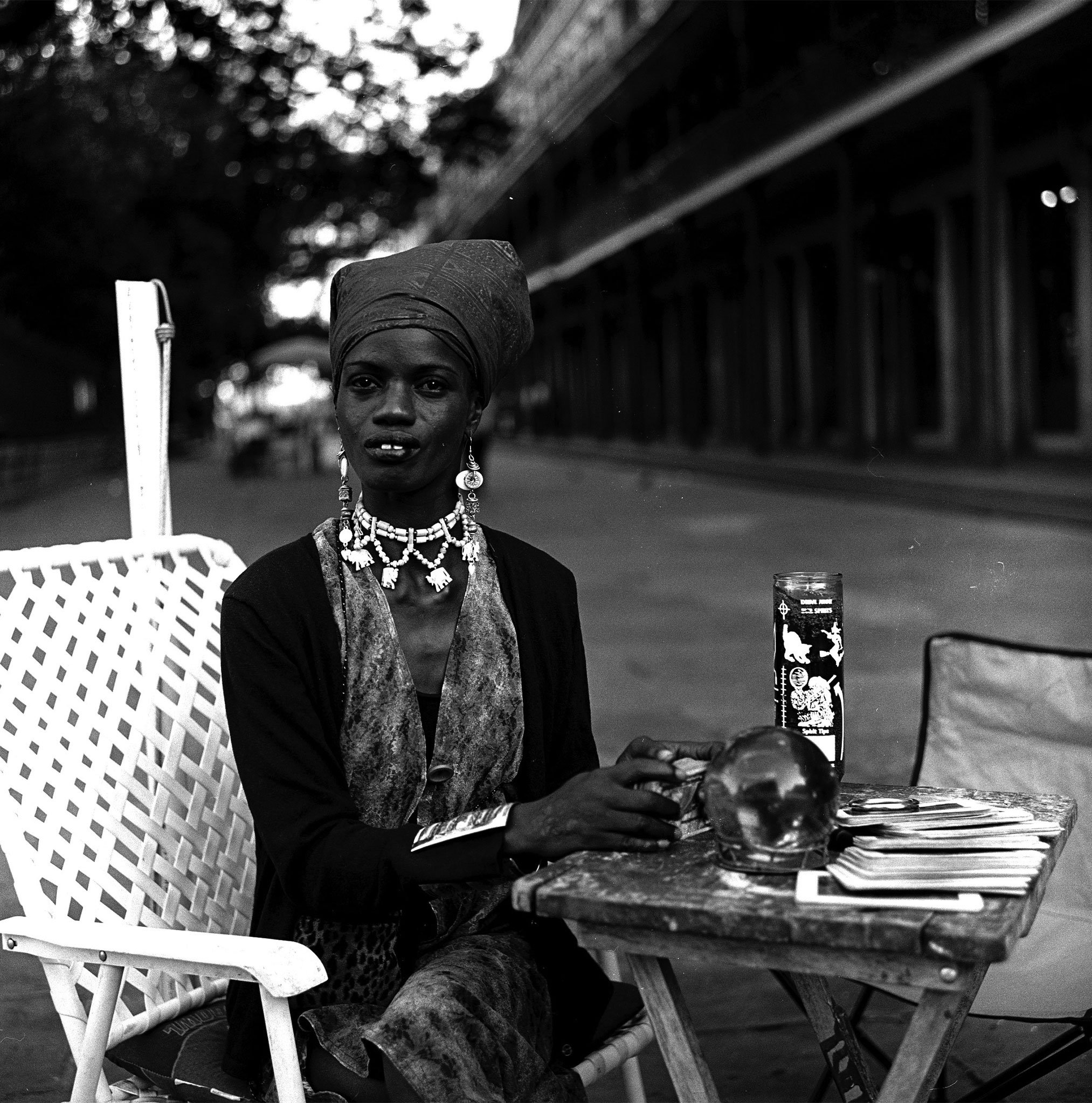
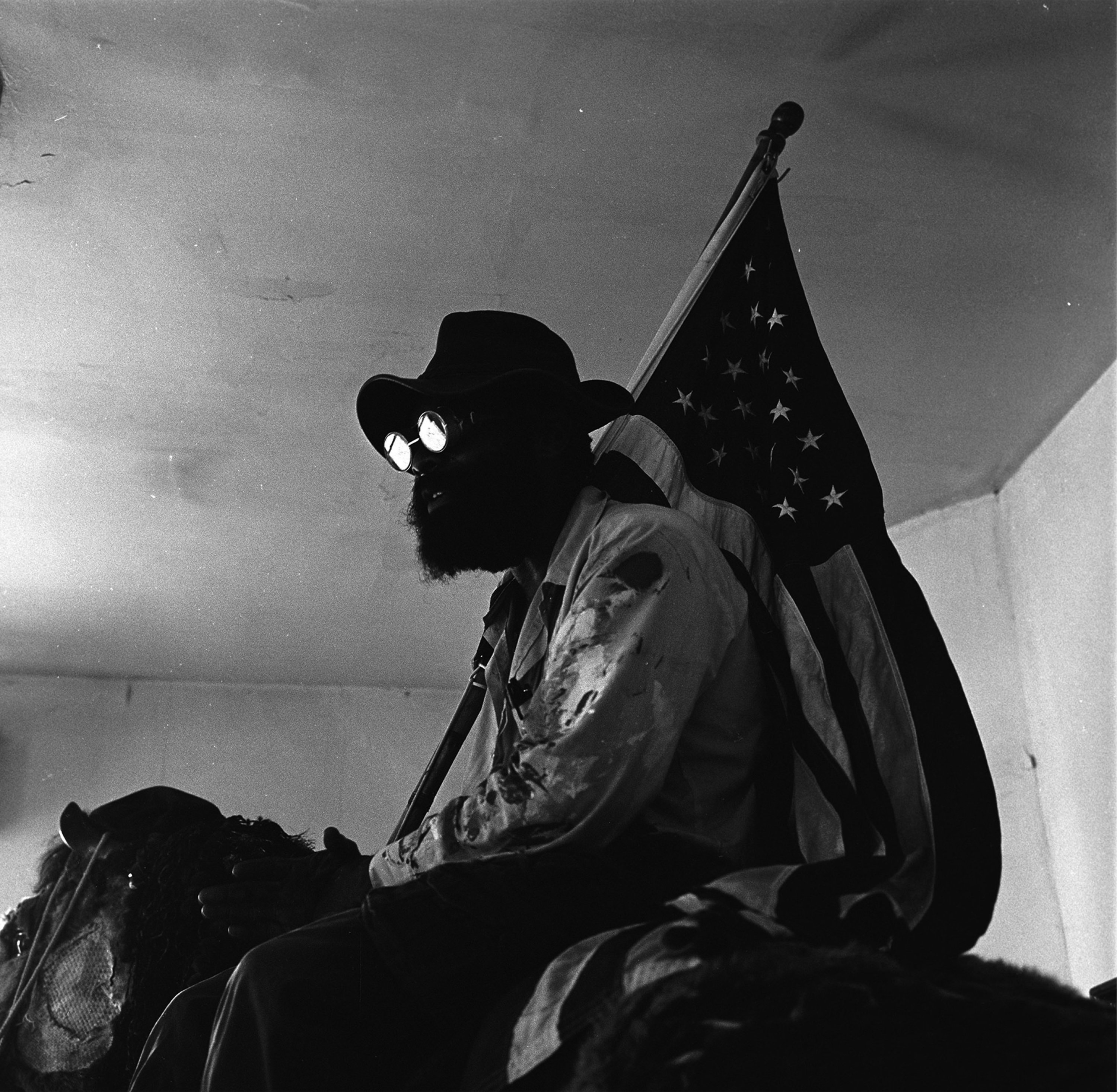
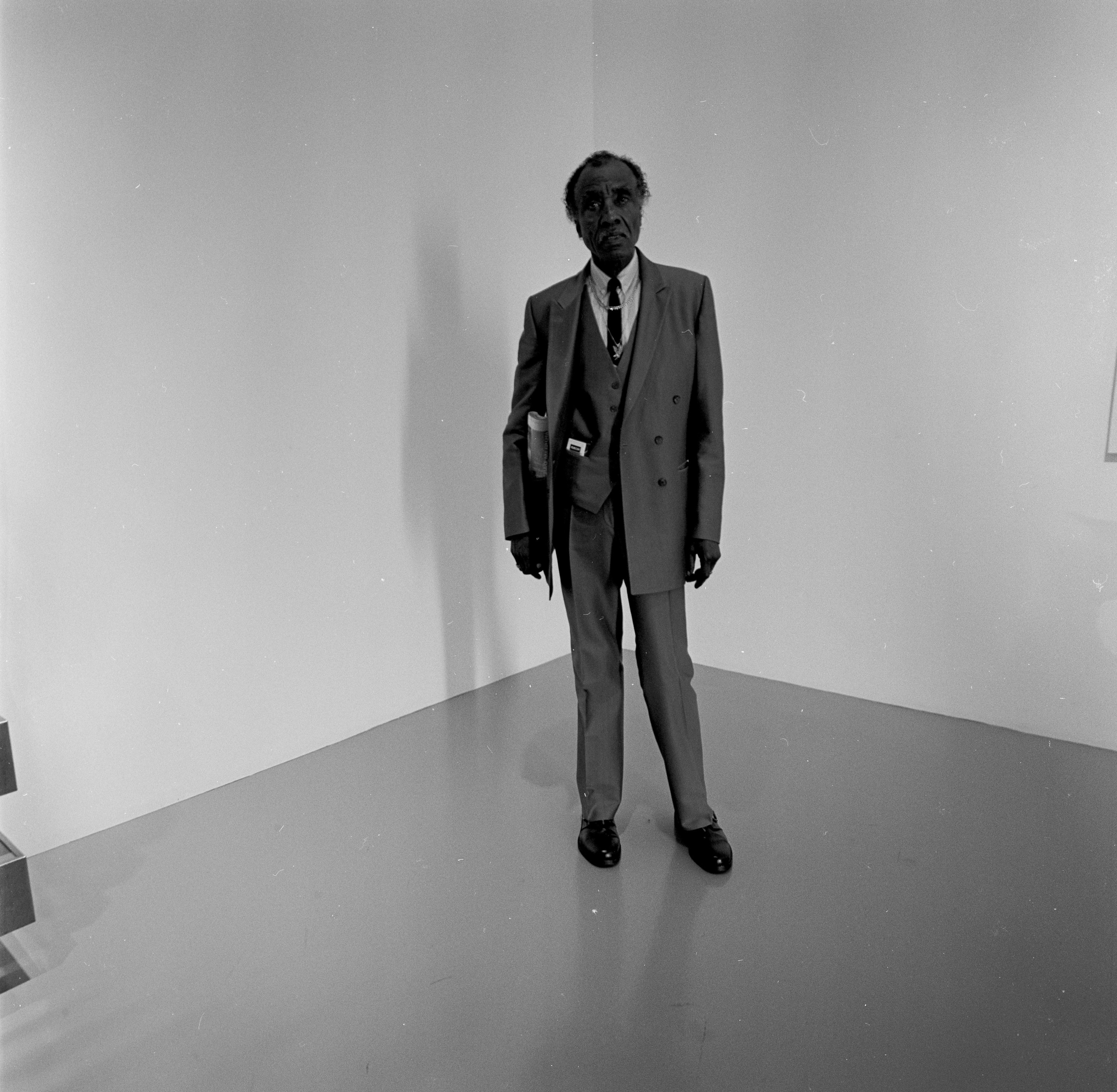
—Keely Bastow
Cool Sneakers
“DC’s Shoe” explores the city’s history with New Balance

Growing up in DC, Jacob Garibay got his first pair of New Balances at age three, and he’s been a sneakerhead basically ever since. “Whatever the latest and greatest shoe was, I always had it on my feet,” he says. Garibay has channeled that passion for footwear into a career—he now works for a major sports-apparel company—and also an entertaining new short documentary called DC’s Shoe, which looks at the city’s close association with New Balance. (You can watch it on YouTube.)
Inspired by the Michael Jordan doc series The Last Dance and using tools he learned as a communications major in college, Garibay traces how New Balance became the shoe of choice for fashion-focused young Washingtonians, especially in the Black community. “Being a DC native, a lot of what I know DC to be is getting more and more lost,” he says. “People are being displaced, and stories continue to get lost as well. I saw myself as somebody who had a camera and could take the opportunity to tell this story in a meaningful way.”
—Rob Brunner
Hot sounds
The “Black Fire Documentary” digs into an important DC record label
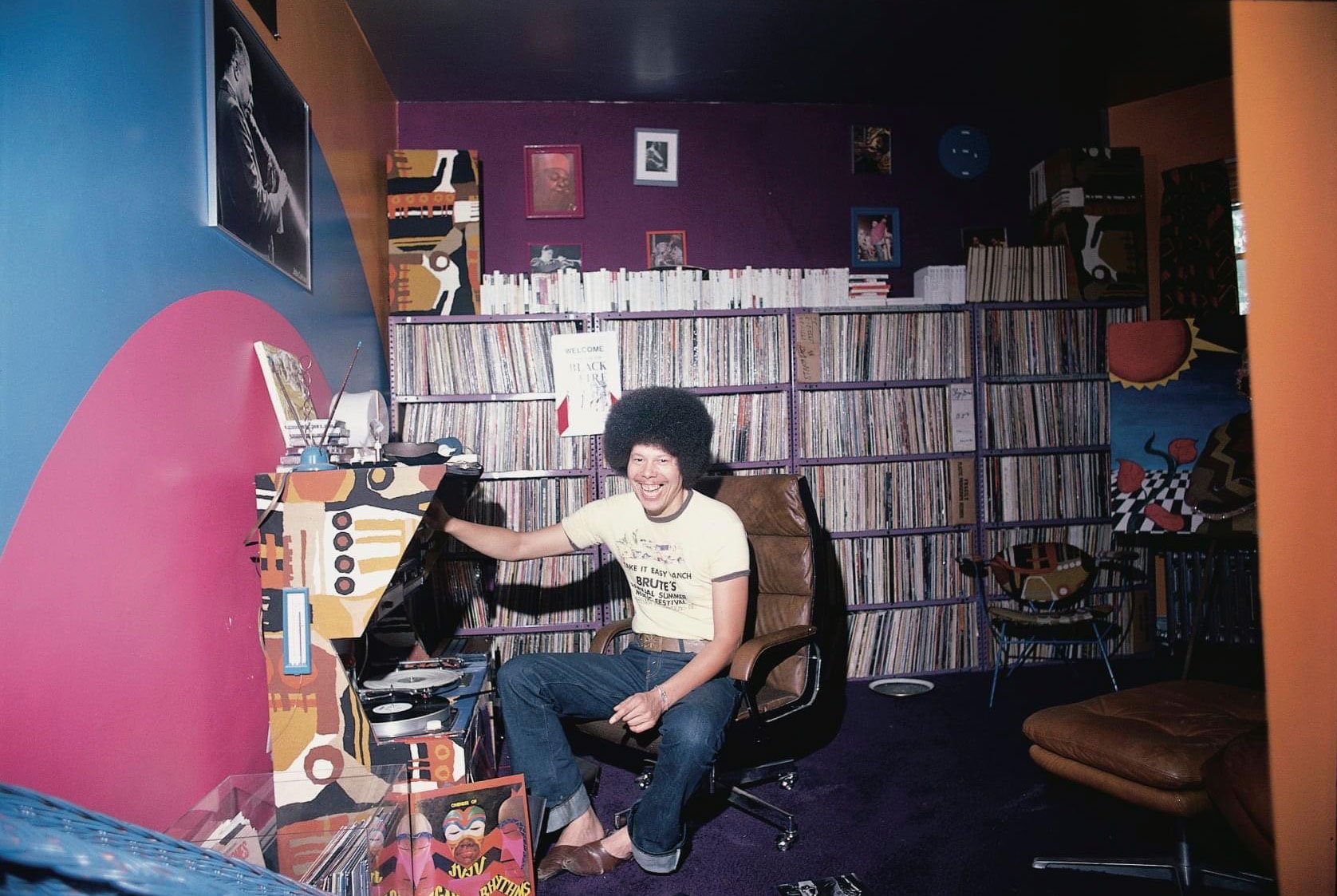
In 2020, a new compilation album introduced many music fans to Black Fire Records, the 1970s DC label that documented the city’s forward-looking funk scene and launched the career of go-go greats Experience Unlimited. Now a welcome new documentary goes deeper into Black Fire’s fascinating story. Illuminating interviews delve into its roots in progressive radio—cofounder Jimmy Gray was a DJ at WPFW—and its unusual business practices (the label was a pioneer in offering artists equitable contracts). There’s also plenty of performance footage, showcasing the strands of jazz, funk, African rhythms, and jam music that would eventually come together to form go-go. According to Mary Greer, who was involved with Black Fire at the beginning and is interviewed in the film, Gray’s dream was to “connect the cosmic and the African culture.”
—Andrew Beaujon
New Footage
“We Are Fugazi From Washington, DC” unearths live video of the local greats
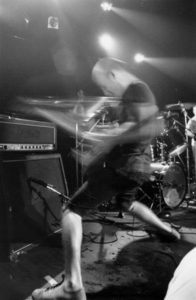
Less a traditional documentary than a collection of fan-recorded performances of the revered DC band Fugazi, this 96-minute film proved so popular at sold-out screenings earlier this year that it recently returned to the AFI Silver theater for an encore. “It’s about paying tribute to the people who shot the band as much as the band,” says Jeff Krulik, one of the film’s three “curators.” Fugazi allowed anyone to record its concerts, and half the movie’s charm is seeing fans’ eyes light up today as they describe how they wedged themselves into some unlikely position to film. The other half, of course, is the magnetic live power of Fugazi, whose music continues to resonate long after the group went on hiatus in 2002: At screenings earlier this year, a chunk of the rapt audience seemed too young to have seen the band in person. While an eventual streaming release is likely, for now, in-person screenings are a big part of the experience. “It’s a communal thing,” says Krulik. “We like bringing people together to see it.”
—Andrew Beaujon
This article appears in the May 2023 issue of Washingtonian.

